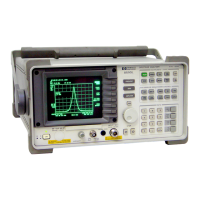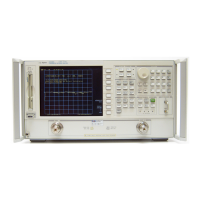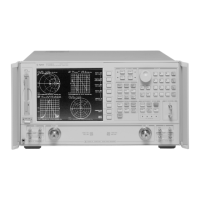10 Analyzing Digitally Demodulated Signals (Options
AYA and AYH)
To demodulate a non-standard-format signal 10-2
To use polar markers 10-4
To view a single constellation state 10-5
To locate a specific constellation point 10-6
To use X-axis scaling and markers 10-7
To examine symbol states and error summaries 10-8
To view and change display state definitions 10-10
To view error displays 10-12
11 Creating User-defined Signals (Options AYA and
AYH)
To create an ideal digitally modulated signal 11-2
To check a created signal 11-4
To create a user-defined filter 11-6
12 Using Adaptive Equalization (Options AYA and AYH)
To determine if your analyzer has Adaptive Equalization 12-2
To load the multi-path signal from the Signals Disk 12-3
To demodulate the multi-path signal 12-4
To apply adaptive equalization 12-6
To measure signal paths 12-8
To learn more about equalization 12-10
13 Using Wideband CDMA (Options B73, B79, and 080)
To view a W-CDMA signal 13-2
To demodulate a W-CDMA signal 13-4
To view data for a single code layer 13-6
To view data for a single code channel 13-8
To view data for one or more slots 13-10
To view the symbol table and error parameters 13-12
To use x-scale markers on code-domain power displays 13-14
14 Using the LAN (Options UTH & UG7)
To determine if you have options UTH and UG7 14-2
To connect the analyzer to a network 14-3
To set the analyzer’s network address 14-4
To activate the analyzer’s network interface 14-5
To send GPIB commands to the analyzer 14-6
To select the remote X-Windows server 14-7
xxi

